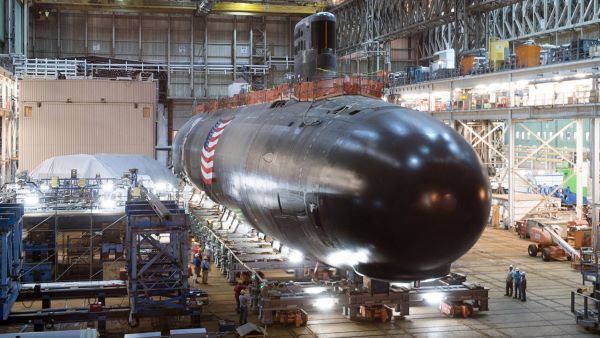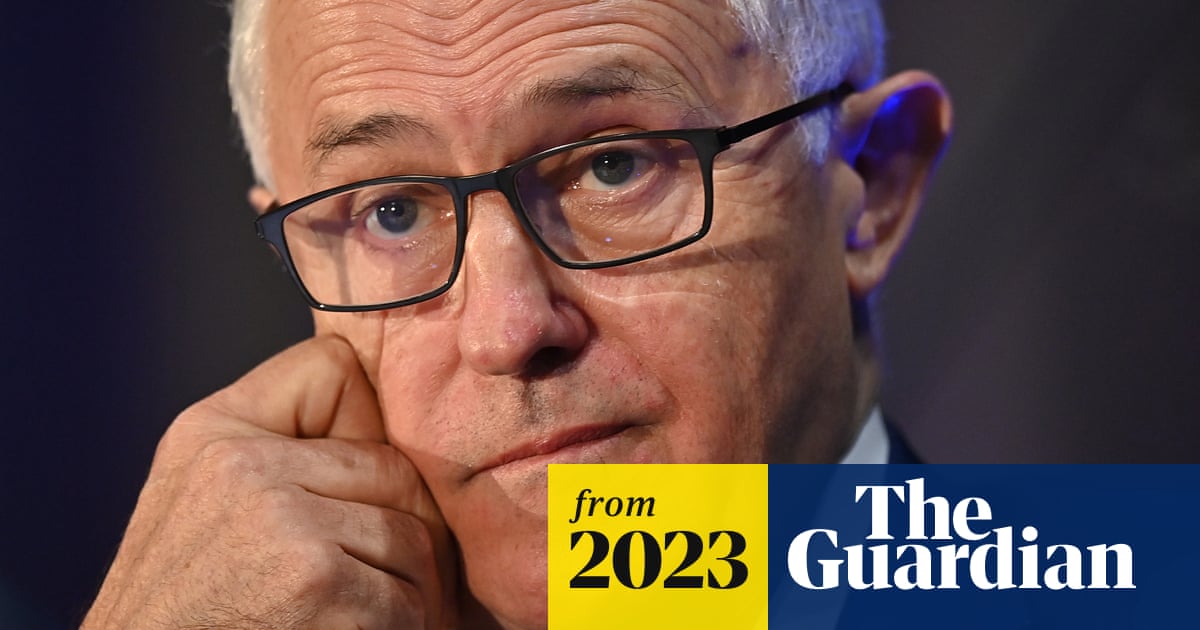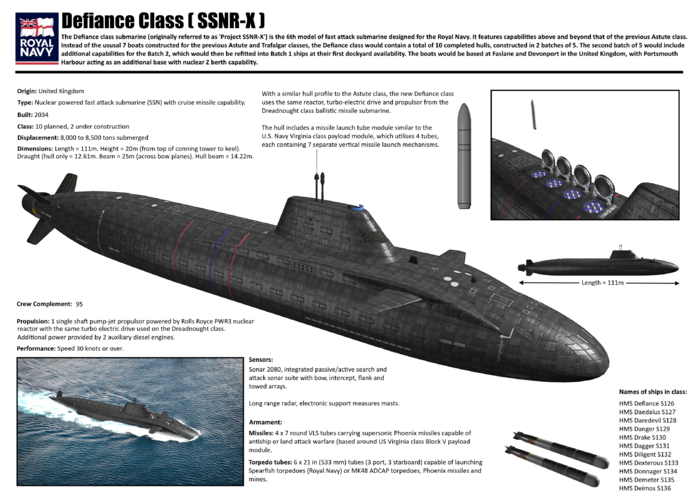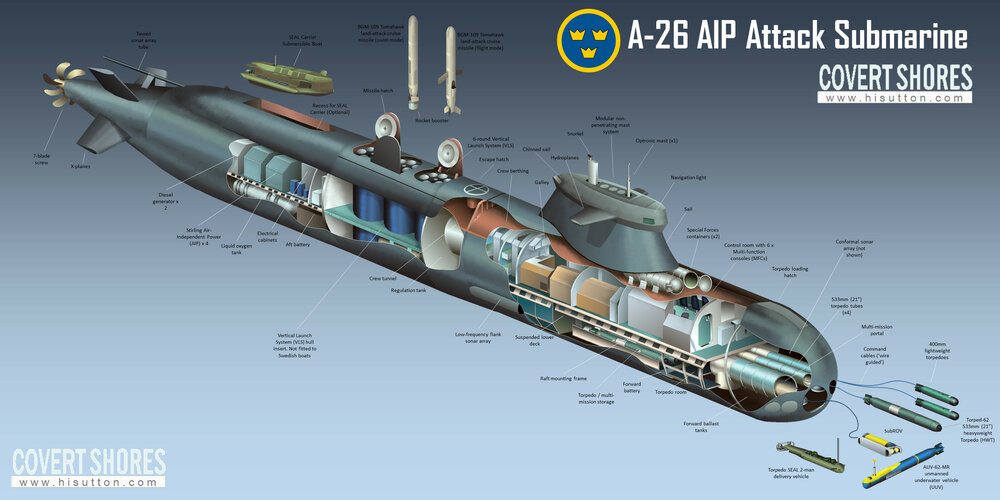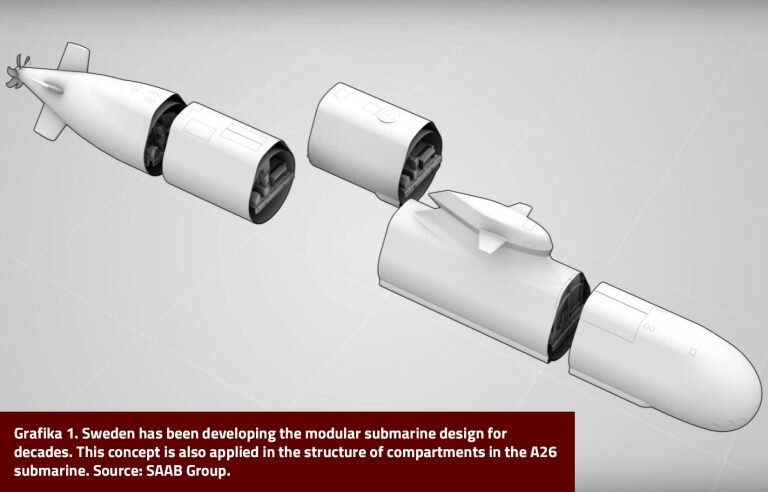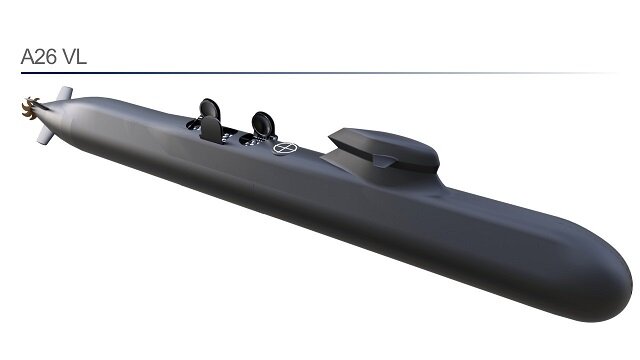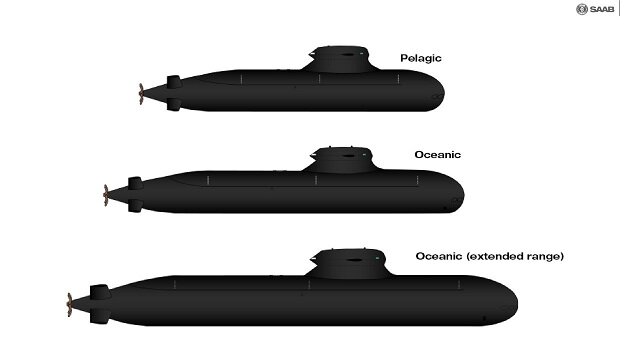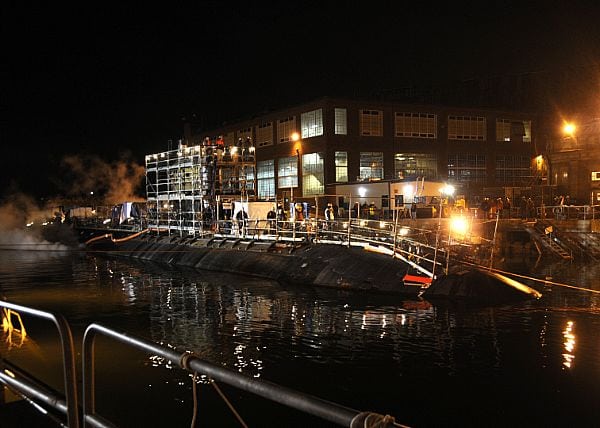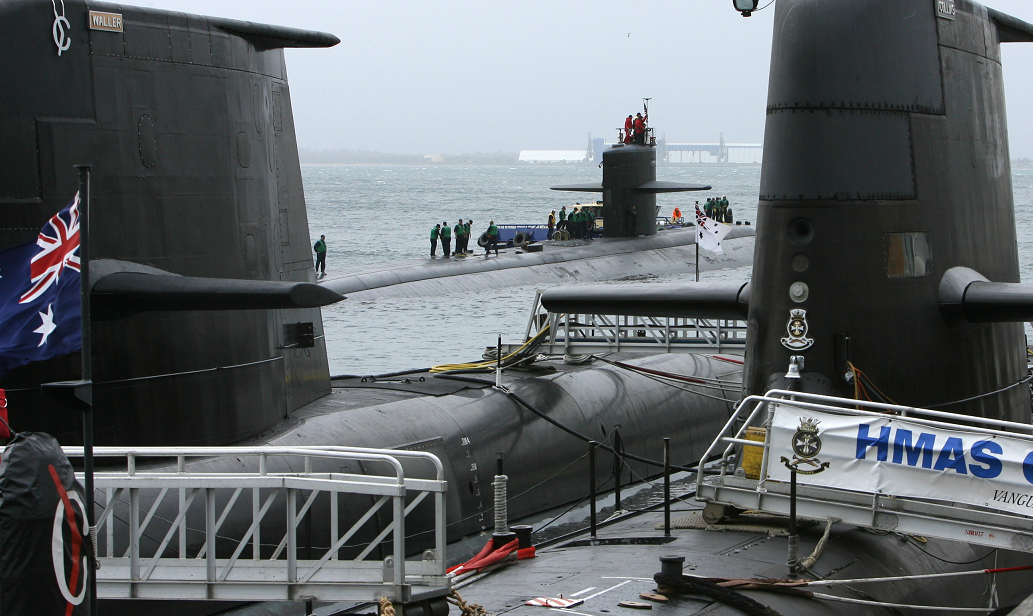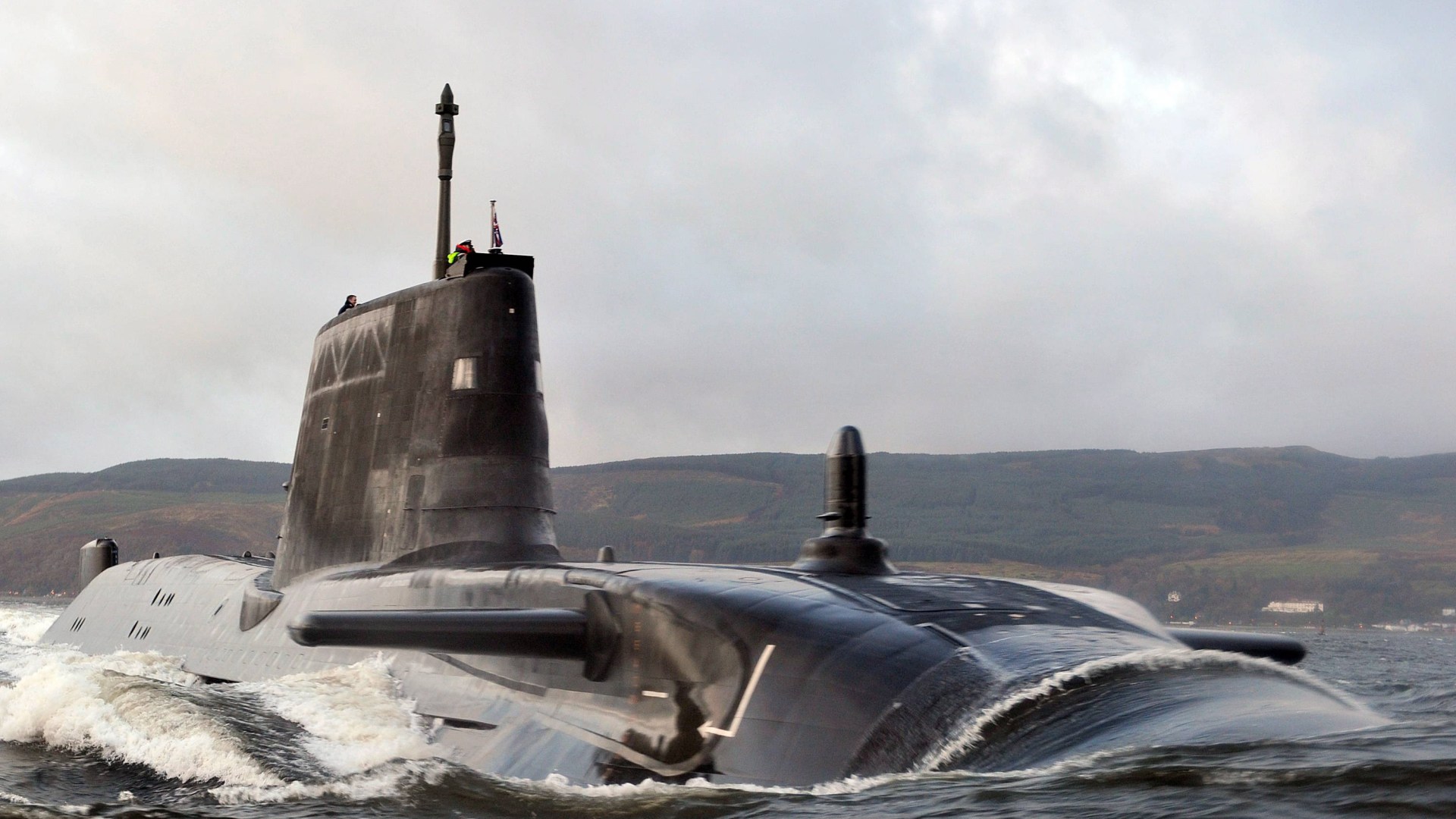- Joined
- 19 July 2016
- Messages
- 4,279
- Reaction score
- 3,464
From here to the SSNX which imho, is the way to go, the infrastructure needs to be in place. In that time UK and US boats can be used to train up crews while maintaining patrols and propping up/replacing Collins class.
They cannot be replaced right now so why not use the time properly? This circular topic minuses on that point and repeating the use of interim classes etc which will dilute the funds required to plan properly. They need to be going for the option which builds upon and optimises the use of submarines in the RAN.
They cannot be replaced right now so why not use the time properly? This circular topic minuses on that point and repeating the use of interim classes etc which will dilute the funds required to plan properly. They need to be going for the option which builds upon and optimises the use of submarines in the RAN.

